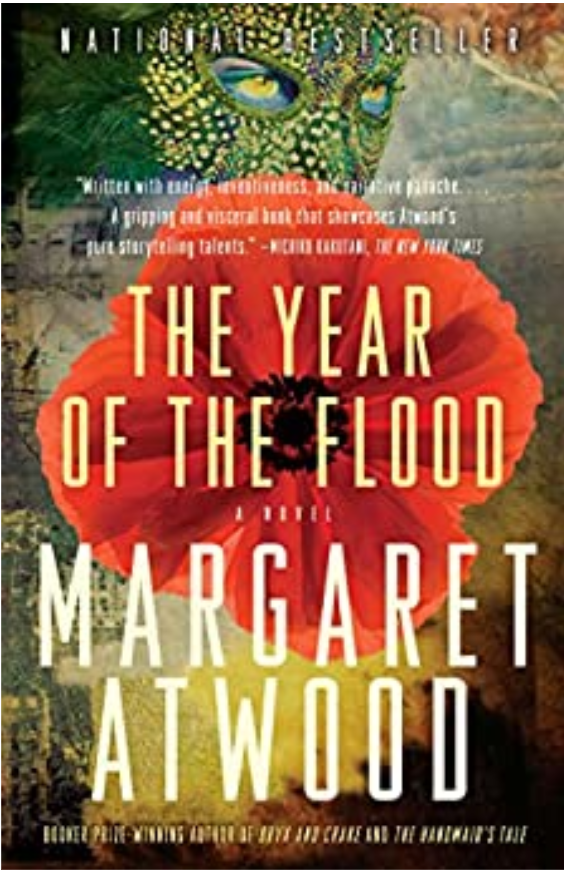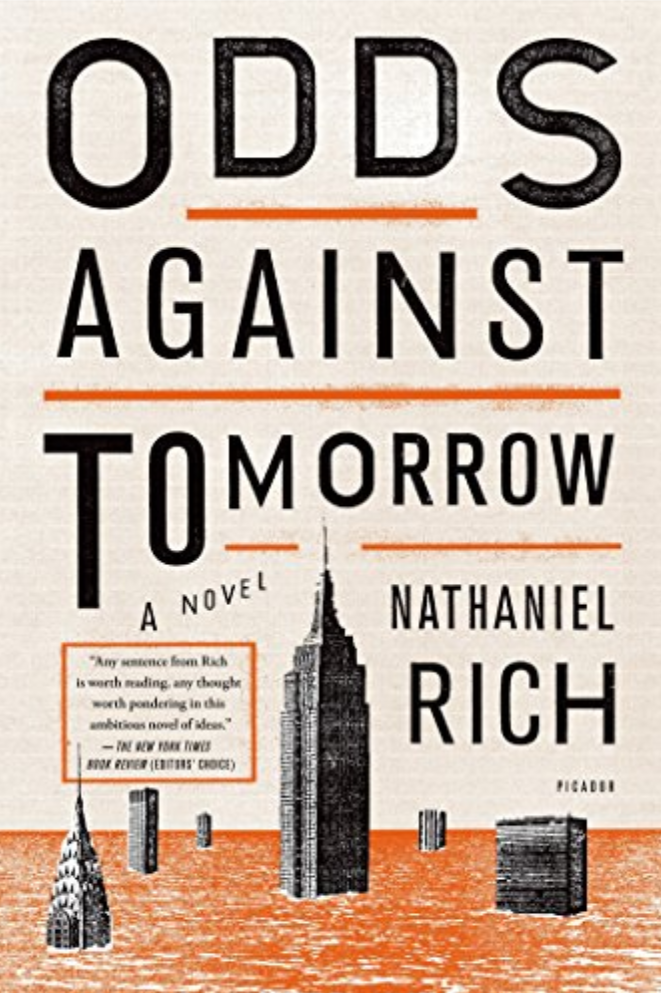What is cli-fi?
- Cli-fi, short for climate fiction, is a form of fiction literature that features a changed or changing climate. It is rooted in science fiction, but also draws on realism and the supernatural.
- The term “cli-fi” became popular in the 2010s, but people have been writing cli-fi unintentionally for at least a couple of centuries. For example, Darkness by Lord Byron, written in 1816, is an example of cli-fi.
- Some of the typical elements of cli-fi works include:
- Accelerated pacing that is punctuated by crisis
- An anxious and fearful mood
- A setting that undergoes dramatic transformations
- A plot that centers around the emotional arcs of the characters
- Climate change is a deep-rooted systemic problem that cannot be solved by a single protagonist in a story, so the drama must revolve around emotions.
- Cli-fi could play an important role in helping to prepare for, cope with and devise solutions for the climate crisis.
- The genre as a whole shows the range of potential consequences of climate change, as each work imagines the consequences differently.
- By presenting and exploring fictional solutions, cli-fi helps readers imagine potential real-life solutions to the climate crisis.
- Storytelling is one of the most powerful ways to build emotional resilience. As a result, cli-fi can help readers adapt to a changing climate.
- In addition to building emotional resilience, cli-fi also helps readers connect emotionally to the climate crisis, which is perhaps its most important achievement. Studies show that a lack of emotional connection to their future selves prevents people from taking actions in the present that may help them in the future. Connecting with characters who are experiencing the effects of climate change can help readers connect with their future selves potentially experiencing similar effects. In this way, cli-fi narratives may be more effective at driving action compared to scientific literature alone.
- Cli-fi gives people an alternative starting point to the climate change conversation. Climate change can be daunting to talk about, but doing so in the context of a fictional story may make it easier.
Selected examples of cli-fi literature
- Oryx and Crake (2004) by Margaret Atwood
- Ishmael (2009) by Daniel Quinn
- The Year of the Flood (2009) by Margaret Atwood

Published by Anchor (2009).
- Parable of the Sower (2012) by Octavia E. Butler
- MaddAddam (2013) by Margaret Atwood
- Odds Against Tomorrow (2013) by Nathaniel Rich

Published by Farrar, Straus and Giroux (2013).
- Orleans (2013) by Sherri L. Smith
- Some Possible Solutions (2016) by Helen Phillips
- American War (2017) by Omar El Akkad
- Clade (2017) by James Bradley
- Disasters in the First World (2017) by Olivia Clare
- Florida (2018) by Lauren Groff

Published by Riverhead Books (2018).
- Guernica: March 2019 Issue
- Woodland by Lydia Millet
- Floating by Pitchaya Sudbanthad
- The Disaster Store by Helen Phillips
- Factory Air by Omar El Akkad
- McSweeney’s Issue 58: 2040 AD (2019)
- War Girls (2019) by Tochi Onyebuchi
- Rebel Sisters (2020) by Tochi Onyebuchi
For more cli-fi recommendations, visit:
- 23 Best Climate Change Science Fiction Books
- Cli-Fi: Climate Change Fiction
- Climate Generation Cli-Fi Archive
- Warmer: Amazon’s Collection of Cli-Fi Short Stories
- Teaching Climate Change in the Humanities
References and additional resources
- Brown, F. “What is Climate Fiction? Cli-Fi and How It Can Help Us Respond to the Climate Crisis.” Stories for Earth. 2019. https://storiesforearth.com/2019/12/04/what-is-climate-fiction/.
- Brown, F. “Where to Get Started With Climate Fiction (Cli-Fi).” Stories for Earth. 2020. https://storiesforearth.com/2020/08/10/where-to-get-started-with-climate-fiction-cli-fi/.
- “Climate Fiction.” Guernica. n.d. https://www.guernicamag.com/special/climate-fiction/.
- Hijazi, J. “Meet Cli-Fi. It’s Dark, It’s Gloomy – and It Might Help.” E&E News. 2020. https://www.eenews.net/stories/1062318169.
- Irr, C. “Climate Fiction in English.” Oxford Research Encyclopedia of Literature. 2017. https://oxfordre.com/literature/view/10.1093/acrefore/9780190201098.001.0001/acrefore-9780190201098-e-4.
- Martin, E. “What is Cli-Fi? A Beginner’s Guide to Climate Fiction.” Book Riot. 2018. https://bookriot.com/climate-fiction/.
